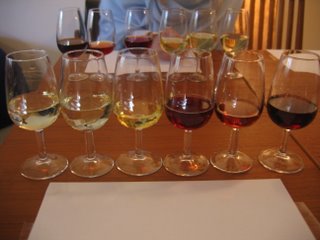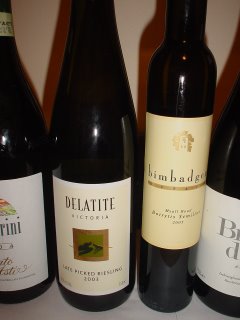The seven recipes for this week are:
 Hot Tea Smoked Salmon. Anthony in Australia (spiceblog) improvised a mixture of rice, sugar and tea then smoked this combination with fish in an outdoor oven. The result was a perfectly robust vermilion-fleshed fish. Photo courtesy of Anthony.
Hot Tea Smoked Salmon. Anthony in Australia (spiceblog) improvised a mixture of rice, sugar and tea then smoked this combination with fish in an outdoor oven. The result was a perfectly robust vermilion-fleshed fish. Photo courtesy of Anthony. Cajun Blacked Fish w Tomato & Corn Salsa is the contribution from boo_licious in Malaysia (Masak-Masak). Cajun spice seems to be very popular around the blogging world at the moment and boo_licious shows us how to use it well with a tangy tomato and corn salsa flavoured with lime and coriander. The recipe comes from an Australian Women’s Weekly, which just goes to show how the world really is one big recipe carousel. Photo courtesy of boo_licious.
Cajun Blacked Fish w Tomato & Corn Salsa is the contribution from boo_licious in Malaysia (Masak-Masak). Cajun spice seems to be very popular around the blogging world at the moment and boo_licious shows us how to use it well with a tangy tomato and corn salsa flavoured with lime and coriander. The recipe comes from an Australian Women’s Weekly, which just goes to show how the world really is one big recipe carousel. Photo courtesy of boo_licious. Piri-Piri Spiked Snapper in Tomatoes & Spring Onions. Mae from the Channel Islands (Rice and Noodles) has been featuring quite a lot on Recipe Carousel, but when you see her exquisite presentation and the way she turns complicated creations into simplistic dreams you can understand why I keep on coming back to her. This recipe is Mae’s take on the Philippino dish sarsiyadong isda, fish cooked in a spicy tomato sauce. Photo courtesy of Mae.
Piri-Piri Spiked Snapper in Tomatoes & Spring Onions. Mae from the Channel Islands (Rice and Noodles) has been featuring quite a lot on Recipe Carousel, but when you see her exquisite presentation and the way she turns complicated creations into simplistic dreams you can understand why I keep on coming back to her. This recipe is Mae’s take on the Philippino dish sarsiyadong isda, fish cooked in a spicy tomato sauce. Photo courtesy of Mae.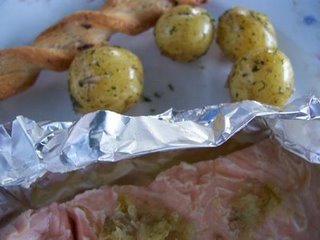 Salmon w New Potatoes. This entry is from Vintage Wine in Sweden (Vintage Wine Design). It’s amazingly simple but that’s why I love it. I’ve only been to Sweden once but having a Swedish partner means I get a good sense of the country. This dish, served with the quintessential new potatoes and dill, seems like a perfect Swedish summer meal to me. Vintage Wine adds a contemporary twist with a lime and ginger butter for the fish. Photo courtesy of Vintage Wine.
Salmon w New Potatoes. This entry is from Vintage Wine in Sweden (Vintage Wine Design). It’s amazingly simple but that’s why I love it. I’ve only been to Sweden once but having a Swedish partner means I get a good sense of the country. This dish, served with the quintessential new potatoes and dill, seems like a perfect Swedish summer meal to me. Vintage Wine adds a contemporary twist with a lime and ginger butter for the fish. Photo courtesy of Vintage Wine. Whole Fish Fried in Tumeric. Austin in Thailand (Real Thai) blogged this recipe for plaa thot khamin, including step by step photos. Garlic, flour and tumeric are pounded in a mortar and pestle and coat the fish. Any remaining mix is deep fried to provide a crispy garnish. This post also comes with a bonus recipe for mullet in tumeric broth. Enjoy. Photo courtesy of Austin.
Whole Fish Fried in Tumeric. Austin in Thailand (Real Thai) blogged this recipe for plaa thot khamin, including step by step photos. Garlic, flour and tumeric are pounded in a mortar and pestle and coat the fish. Any remaining mix is deep fried to provide a crispy garnish. This post also comes with a bonus recipe for mullet in tumeric broth. Enjoy. Photo courtesy of Austin. Stuffed Calamari was on the Christmas table of Mia in Germany (Nosh). Calamari tubes were filled with breadcrumbs flavoured with garlic, lemon and herbs and then they were cooked in a tomato based sauce and served with pasta. This post also comes with a few bonus recipes such as fried cardunes, flounder with fresh oregano and a shrimp cocktail. Photo courtesy of Mia.
Stuffed Calamari was on the Christmas table of Mia in Germany (Nosh). Calamari tubes were filled with breadcrumbs flavoured with garlic, lemon and herbs and then they were cooked in a tomato based sauce and served with pasta. This post also comes with a few bonus recipes such as fried cardunes, flounder with fresh oregano and a shrimp cocktail. Photo courtesy of Mia.  Coconut Fish Curry is the final recipe for this week and it comes from Meena in Canada (Hooked on Heat). Meena’s eclectic cultural background – Malay mummy, Indian daddy, Middle Eastern upbringing – has led to some of the most wonderful creations on her blog. This recipe uses coconut milk, cherry tomatoes, fenugreek seeds and chilli to produce a quick and delicious looking curry. Photo courtesy of Meena.
Coconut Fish Curry is the final recipe for this week and it comes from Meena in Canada (Hooked on Heat). Meena’s eclectic cultural background – Malay mummy, Indian daddy, Middle Eastern upbringing – has led to some of the most wonderful creations on her blog. This recipe uses coconut milk, cherry tomatoes, fenugreek seeds and chilli to produce a quick and delicious looking curry. Photo courtesy of Meena.Anna’s seafood recipes posted so far:
Broccoli & Anchovy Pasta Soup
Octopus in Red Wine
Sardines en Escabèche
Spaghetti alle Vongole
Trout w Salsa Verde
Add your own recipe!
If you want to contribute your own seafood experience and share the love around, just leave the link to your recipe in the comments section. It doesn't need to be your invention – just make a meal and post it on your site. The whole idea of Recipe Carousel is that good recipes are shared with people who love to cook.
Note: any spam or non-seafood recipe links will be deleted.
Previous Recipe Carousel themes include: drinks, chocolate, soup and ice cream.

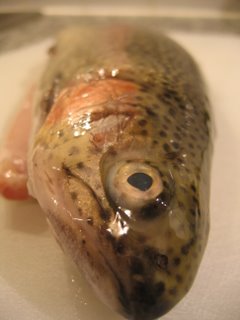

 Pan-fried Rainbow Trout w Salsa Verde
Pan-fried Rainbow Trout w Salsa Verde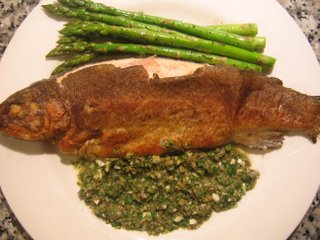 I simply adored this salsa verde and will use it again and again with anything I possibly can. This whole meal was incredible and I was a very content diner afterwards.
I simply adored this salsa verde and will use it again and again with anything I possibly can. This whole meal was incredible and I was a very content diner afterwards. So Pan-fried Rainbow Trout w Salsa Verde is my contribution to
So Pan-fried Rainbow Trout w Salsa Verde is my contribution to 

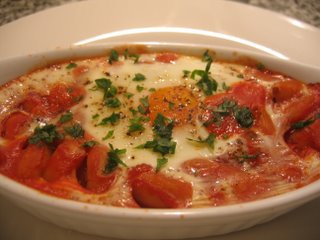

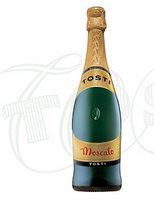
 Jimmy's is where I first discovered
Jimmy's is where I first discovered  Another reliable dish from Jimmy's is the
Another reliable dish from Jimmy's is the 






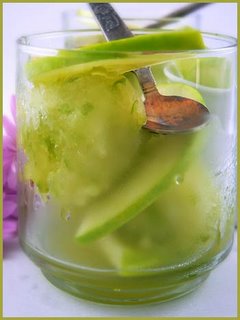

 One day I was planning to make my mum's recipe for spanakopita (the Greek spinach and feta pie) but our green grocer was out of spinach.
One day I was planning to make my mum's recipe for spanakopita (the Greek spinach and feta pie) but our green grocer was out of spinach.

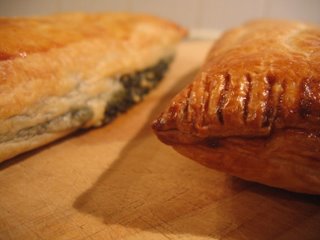 Check out the recap of all the other
Check out the recap of all the other 

